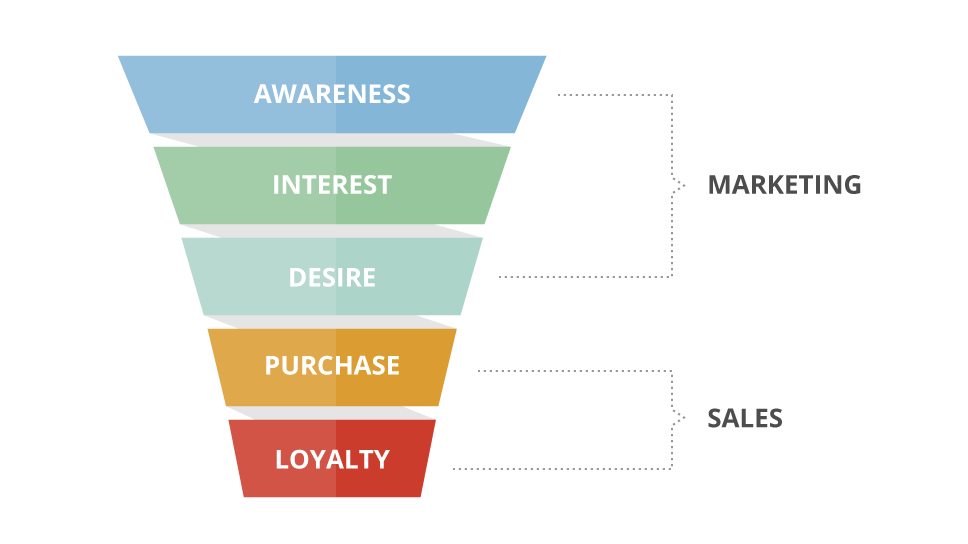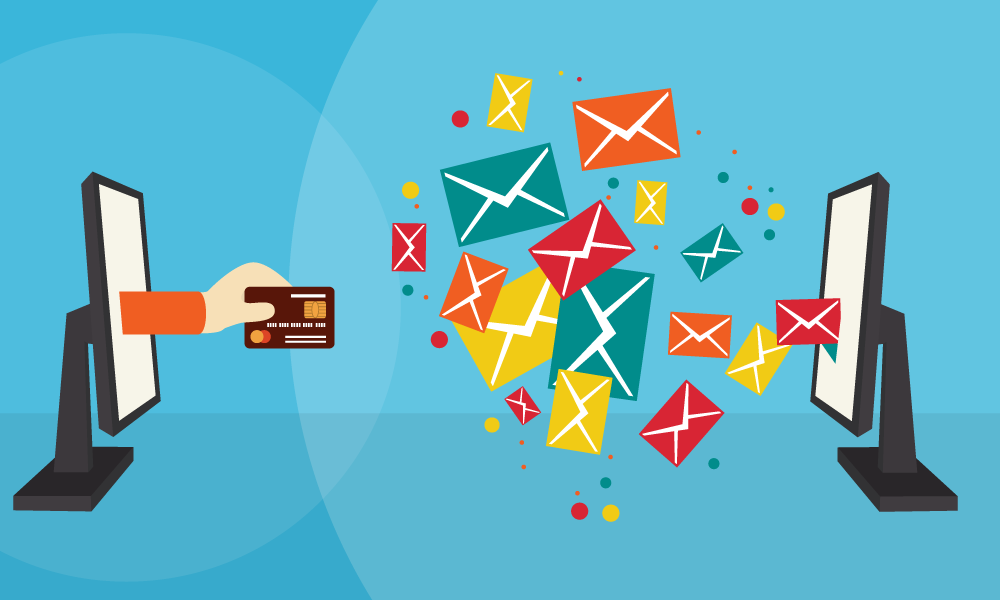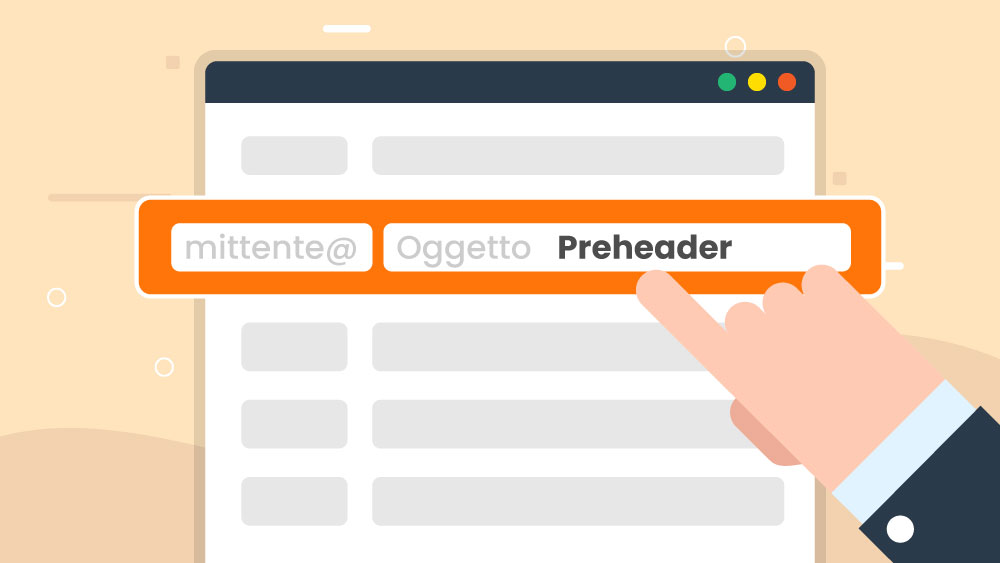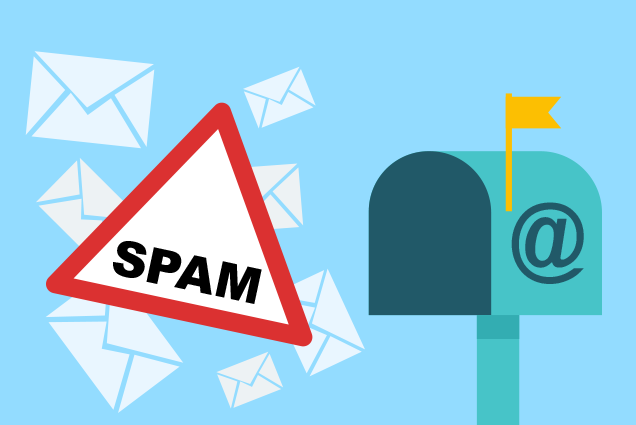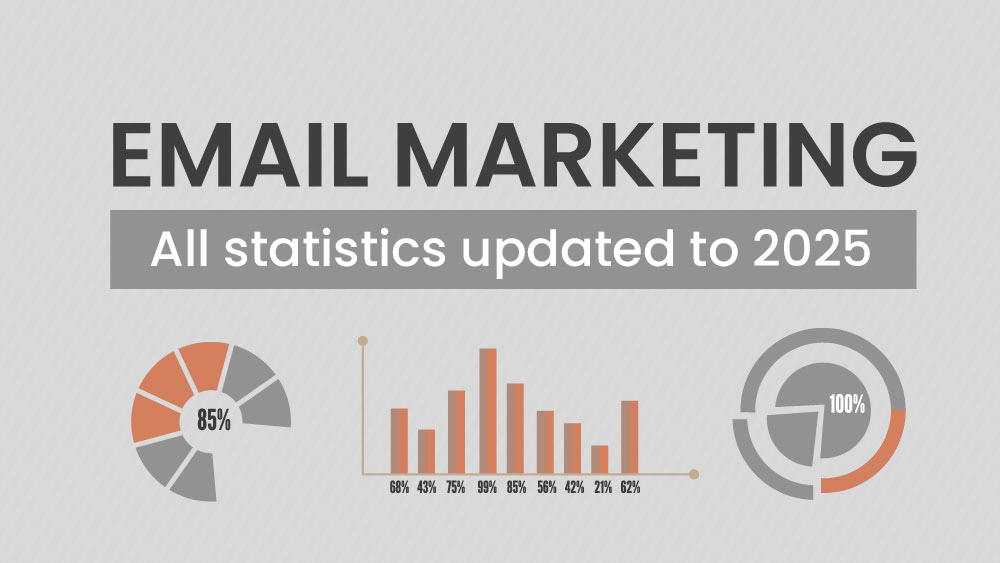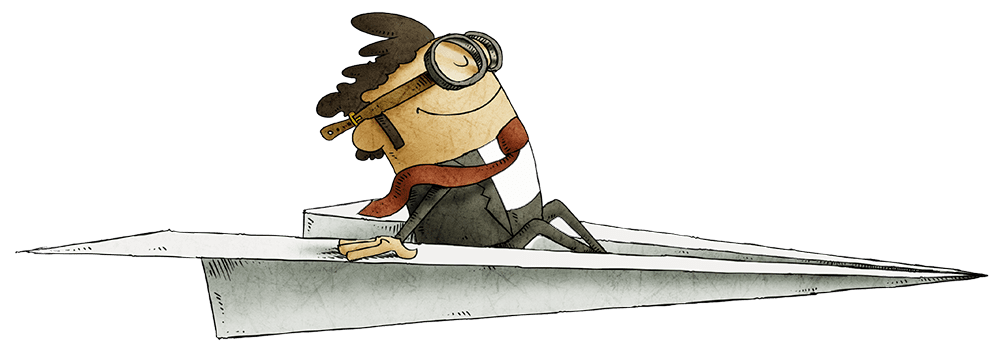The “Funnel” has been a part of the jargon of email marketing for some time now. This post explains why, as long as you sell a product or a service, the funnel concerns you.
What is the Funnel?
The funnel is a graphic representation of the different phases through which a user passes when he becomes the target of a web marketing action. The more he “descends” towards the neck of the funnel, the closer he comes to buying, or even becoming an ambassador for the brand.
The process is characterized by the involvement of the user in increasingly important actions, from the simple sharing of a post on Facebook to participation in a webinar, the download of a free ebook, through to the purchase of the product, perhaps with a coupon or a free trial period. The goal is not just to sell but to boost the perception of the value of the brand and increase profits over time.
The Construction of the Funnel
A funnel is divided into five phases:
- Create attention and awareness towards a category of products or services;
- Arouse interest in your product or service;
- Induce the desire to purchase;
- Stimulate the purchase;
- Achieve customer loyalty thanks to the positive experience throughout the process.
A Concrete Example
Let’s say that I’m moving house. I search online to find a place order boxes and packaging. My choice is vast. There are companies of all types, each with its own style of communication and presentation. How can I choose the right product for me?
I collect information. I make comparisons to identify (without losing too much time) a set of boxes of the desired size, check the delivery costs, and try not to forget anything important. I might ask the company about the materials or customer support.
In the end I choose one company over the others. I select the one that not only presents the products in a clear and simple way, but that meets my needs for quality and price. I give them my email address and consent to subscribe to their newsletter, allowing the company to keep the conversation open with me.
The company has obtained a big advantage. It’s sold a set of products, but it has also kept me from large platforms such as Amazon, which occupy every product sector.
Eventually, when the purchase (and delivery) phase ends happily, I retain a good opinion of the brand, remaining open to new purchases in the future. I am also willing to talk about the company positively with friends and relatives, and on online channels.
The Role of Email Marketing
As we can see from the example, the funnel theory means no more than the rational use of the tools that the Internet makes available for marketing.
User attention can be obtained through:
- Organic traffic (SEO activity)
- Blog
- Facebook Advertising
- Google Adwords
- Guest posting on other sites
- Sharing on social media
Interest in the brand can be induced by directing the user to a landing page. The content should persuade him or her of the quality of the product or service. The page could contain a form to subscribe to a newsletter, highlighting the advantages that a subscription delivers. Those benefits might come with a time limit, creating a sense of opportunity and urgency. The more the user keeps browsing the company’s channels, the more the inclination to buy increases.
Many companies maintain their relationship with the customer after the purchase. They periodically tailor the newsletter to the customer’s interests based on their first purchase. Or they might offer a coupon that they can share with a friend.
To understand the need for newsletters to be sent to a well targeted audience, read our in-depth “5 ideas to segment your contacts if you use ecommerce” and “How to segment subscribers to a mailing list“.
Your Funnel Is Unique
Every company has to decide which part of the funnel is most important to them. Online advertising tools can speed awareness, but landing pages, subscription forms and newsletters cannot be ignored. It is vital not to drop the user, perhaps after clicking a sponsored ad, as they pass through the funnel.
So how do you position your brand in each of the funnel’s phases? Where can you improve the process? Every company has its own dimension, needs and goals. The funnel does not have a fixed size or number of elements and is valid as long as there is something to sell.



